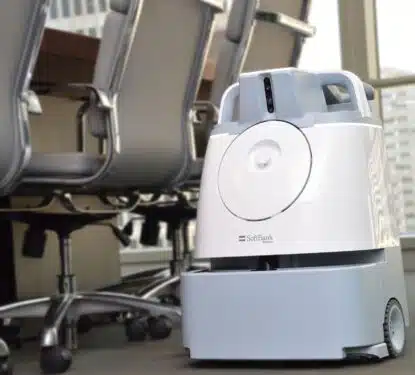Over 18 months into the COVID-19 pandemic, and the global physical security market has demonstrated a remarkable degree of resilience, outperforming some other global technology markets and indeed beating our best-case scenario projection from last year. The pandemic is helping to reshape the physical security industry, turbo-charging certain emerging business models, whilst it also continues to make our societies safer; not just from the pandemic but from crime and terrorism.
Our latest analysis of world sales of physical security products at factory gate prices indicates that world sales in 2021 have bounced back strongly year-on-year versus 2020, growing to over $33.8 Bn, and we predict that the market should maintain a robust growth of nearly 7.2% CAGR over the next 5 years to 2026.
Principal technology drivers of demand over the period include the growth in IoT and building systems integrations, rising demand for remote management and control, particularly cloud-based ACaaS and VSaaS services, and AI-based video analytics. All of these technologies are covered in detail in our new report. Meanwhile, macro market drivers such as crime, persistent terror threats, border disputes, and refugee crises will also continue to drive the adoption of physical security technologies.

The global COVID-19 pandemic has created a significant change to the distribution of demand by vertical over the last two years, some of which will be largely short-term in nature. Lockdowns, their resultant economic impacts and public concerns related to virus transmission have adversely affected sales in several markets including retail, leisure, hotel verticals, and to a lesser extent offices. Conversely, investment in healthcare and logistics-related sectors has risen sharply.
The market for video surveillance products still makes up the largest proportion of physical security sales at 57%. The market has bounced back strongly, rising 14.5% year-on-year outperforming 2019 sales and hitting a projected $21.65 billion for 2021. Moving forward, we expect growth from 2021 to 2026 to moderate back to a still healthy CAGR of 7.8%, with the total sales expected to rise to $31.5 billion in 2026.
This report is our 13th annual market analysis that brings together all the factors influencing this industry’s future. We assess the structure and size of the combined physical security industry then break down the market by size of product type, sales by vertical sector and geographic region, and forecast sales to 2026.



